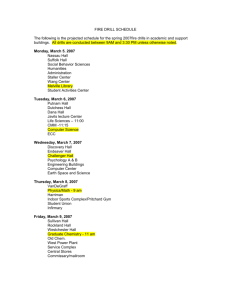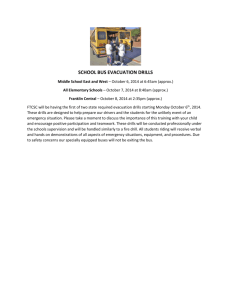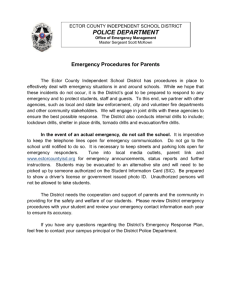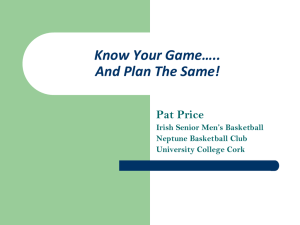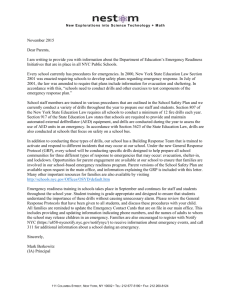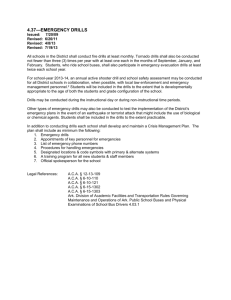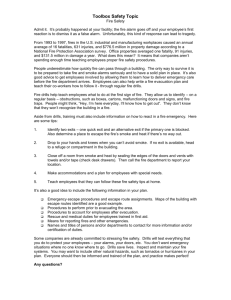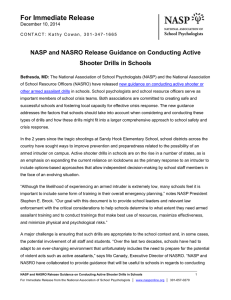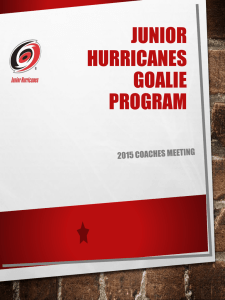Power Point Version
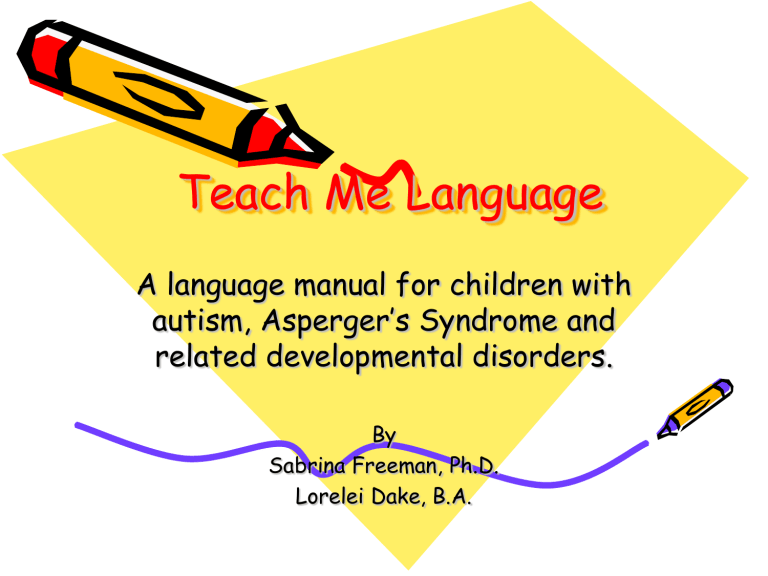
Teach Me Language
A language manual for children with autism, Asperger’s Syndrome and related developmental disorders.
By
Sabrina Freeman, Ph.D.
Lorelei Dake, B.A.
About this Book
•The authors state they wrote this book because they saw a need for a book to provide specific language activities designed for children with autism, Asperger’s Syndrome, and other related pervasive development disorders. Their goal was to give hands-on, explicit instructions for working on the language needs specific to these children. Teach Me Language introduces exercises and drills that attach language weaknesses common to children with PPD.
•This book can be used by parents, speech-language pathologists, assistants, and/or teachers as a part of any language therapy program. The authors stress that there are several conditions that must be met in order for this book to be useful. They are:
*The child must be a visual learner
*The child must be “table ready” and relatively compliant (child is attentive and able to follow simple directions)
The child must be able to communicate in some way
•Does this book need to be read from cover to cover?
The authors say “no”; they suggest that the parent, teacher, or SLP should first look at Chapter
Seven, which presents several therapy schedules and suggests ideas of how to set up a daily schedule.
The parent and/or speech-language pathologist should skim each chapter and read the drills that are specific to the respective child’s level and the drills that address the child’s deficits.
Chapter 1
This chapter introduces the book. It tells the parent whether their child will benefit from the book and answers commonly asked questions about the level the child must be to benefit. In addition, the way the parent or therapist should use the activities and drills in the book is explained.
Chapter 2
This chapter provides activities to improve social language. The emphasis is to improve the child’s ability to speak about a single topic, as well as to converse with a peer. There are drill sheets that teach appropriate social questions and answers, and teach emotions. Most importantly, drills to teach the child critical thinking skills such as how to discern “safe” from “dangerous” and “problems” from “non-
problems” while improving his/her ability to understand and use language are introduced.
Chapter 3
This chapter includes exercises designed to train the child to pick up general information. Activities and materials on many different topics and drills designed to increase comprehension of factual knowledge are introduced. In addition, the child is taught to compare and contrast, to define vocabulary, and to use true/false concepts based on general information the child learns.
Chapter 4
This chapter concentrates on grammar and syntax. In this chapter, the child is given different opportunities to learn the structure of language. Several language games and activities designed to concentrate on particular parts of language are introduced with the hope that once the child understands and uses the structure of the language, she/he will be able to create or assemble original sentences.
Chapter 5
This chapter concentrates on increasing the child’s functional knowledge and written expression of that knowledge. In this chapter, structured paragraph, story, and letter writing are introduced. In addition, the offered drills are designed to improve the child’s ability to recall and communicate personal, daily experiences.
Chapter 6
This chapter is designed to work on language based academic concepts. In this chapter, fiction based comprehension exercises and several activities designed to reinforce that comprehension skill is provided. In addition, drills to address math word problems, dictionary skills, increasing vocabulary, and sequencing with money, time, calendar and numbers are introduced. Finally, the chapter explains how to teach the child to take written notes from auditory information.
Chapter 7
This chapter presents several therapy schedules and gives the parent or therapist an idea of how to set up a daily schedule, specifying the type of exercises to do depending upon the child’s level.
